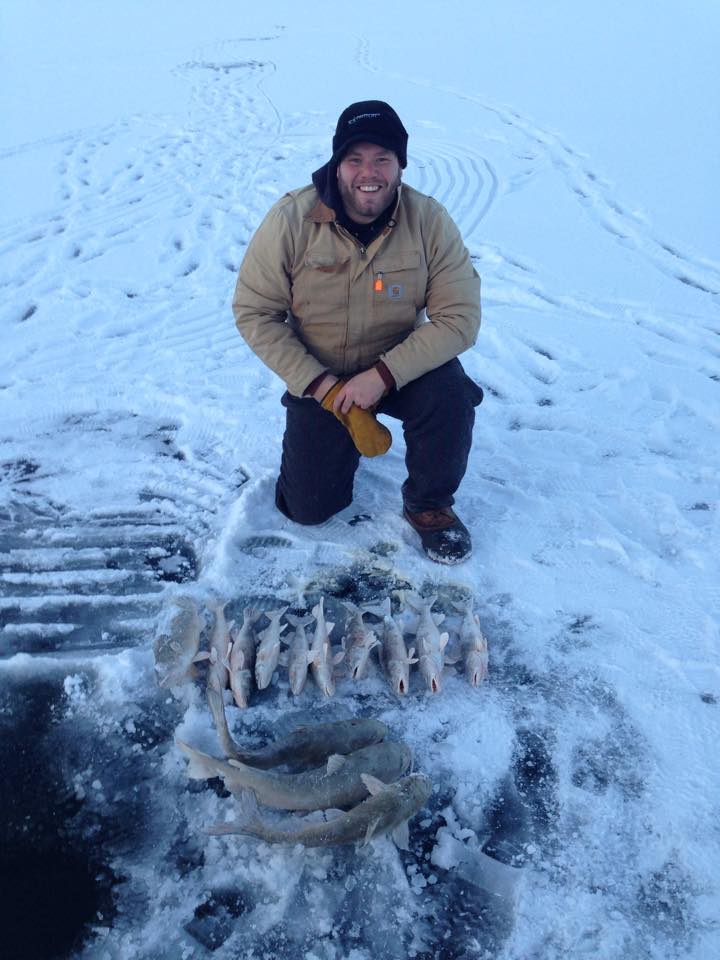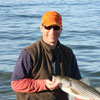Best Places to Ice Fish: 5 Tips
By Tom Keer
Dec 31, 2014
Learning how to ice fish isn’t as difficult as you might think.
Learning how to ice fish isn’t as difficult as you might think. It is a simple, fun sport. Those of us far north of the Mason-Dixon line see the mercury in our thermometers drop and take the opportunity to bundle up and hit the ice. Here are some tips and a gear list of ice fishing equipment to help enhance your next ice fishing trip.
-
Ice Thickness: Before you go out on to the ice, consider the thickness. Ice won’t support people and gear if it’s less than two inches thick. Wait until it gets to be over four inches before you go fishing. At six inches it’s pretty safe to bring out a snowmobile or gator, and wait until it’s a foot and a half thick before you bring out a truck. Those thicknesses are not absolutes, but be sure that the ice is thick before you go.
-
Gear Up: Warm clothes, an ice auger to drill your hole, a skimmer to extract the ice, tip ups for stationary fishing with sinkers and live bait, and a jigging rod with spoons is all you need. If you get serious you’ll probably add a shanty to cut down on the wind, and a portable stove to brew coffee, hot chocolate and soup.
-
Find a spot: Pick a spot by knowing your species. Some fish like pike and bass like edges of weed beds, smallmouth bass like structure like deadfall, and trout hang on drop offs. Charts that showcase the bottom configuration are helpful, and recon during a warm weather fishing trip is invaluable.
-
Don’t let the paint dry: If you’re not catching fish in about an hour, move. Find a new area, drill a new hole, and give another spot a shot. Fish are lethargic in the winter, their metabolisms slow which makes them less aggressive. Go to them, don’t wait for them to come to you.
-
Get deep: Add a heavy sinker and send it to the bottom. Then shave off a few feet and re-rig. That extra step helps identify when the bait is just off the bottom…which is where the fish are. Fishing too high up in the water column means lots of fishing…but no catching…so get above the bottom and catch more fish.


Photo Credit: Jesse A. Wellen









